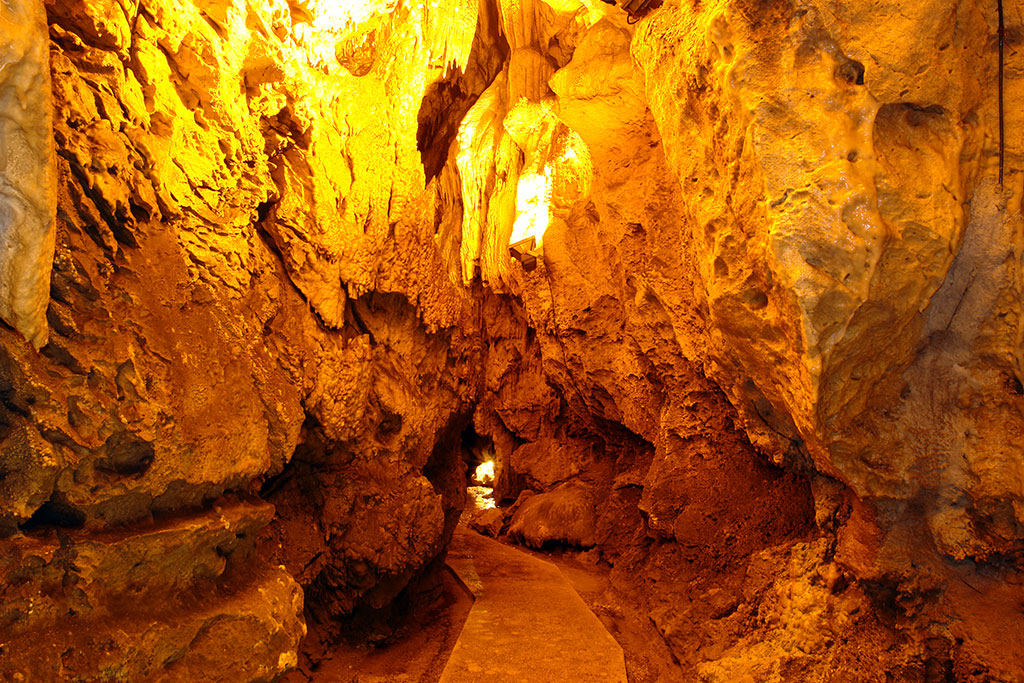Nestled in the Aksu district of Isparta, in Turkey’s picturesque Mediterranean region, Zindan Cave is fast becoming a must-visit destination for those seeking both natural splendour and a deep connection to the ancient past. Discovered centuries ago but opened to tourism only 23 years ago, the cave offers a compelling blend of geology, archaeology and mythology—all set against a backdrop of cool underground waters and breathtaking rock formations.
Roughly 30km southeast of Eğirdir, and about 1km north of Aksu by a Roman bridge, the entrance to the kilometre-long Zindan Cave marks the start of an underground journey featuring Byzantine ruins, striking stalactites and stalagmites, and the so-called ‘hamam’ room—a chamber believed to have once served as a ritual bath. The cave also makes a popular cycling day trip from Eğirdir, offering both adventure and historical discovery.
A Journey into the Past
Perched 1,300 metres (4,265 feet) above sea level, Zindan Cave stretches 765 metres into the limestone hills. At its entrance, visitors encounter significant archaeological features: a Roman bridge, the remains of the open-air Eurymedon Temple, and a mosaic thought to depict the river goddess. These elements reflect the cave’s long-standing role as a sacred and cultural site used by ancient pagan, Greek and Roman communities.
Inside the cave, a dramatic landscape unfolds, shaped by thousands of years of mineral deposits. Stalactites, stalagmites and towering columns create a sculptural environment, while a subterranean stream flows steadily over rocks, echoing throughout the cavern. This mineral-rich stream has been scientifically analysed and shown to contain high levels of calcium and magnesium, lending support to local beliefs in its skin-soothing properties.
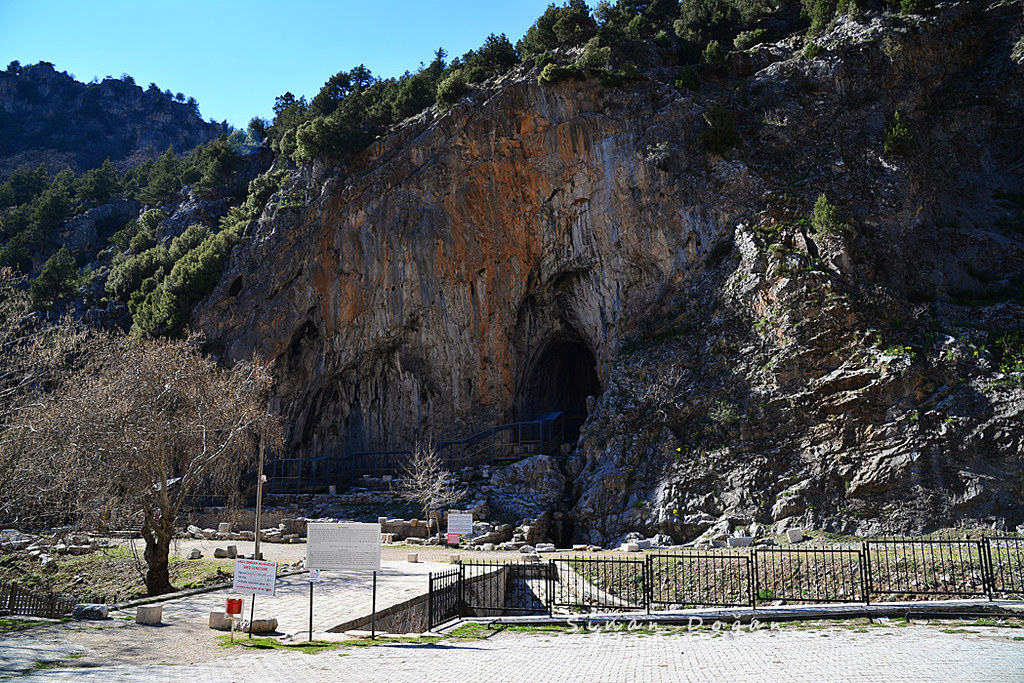
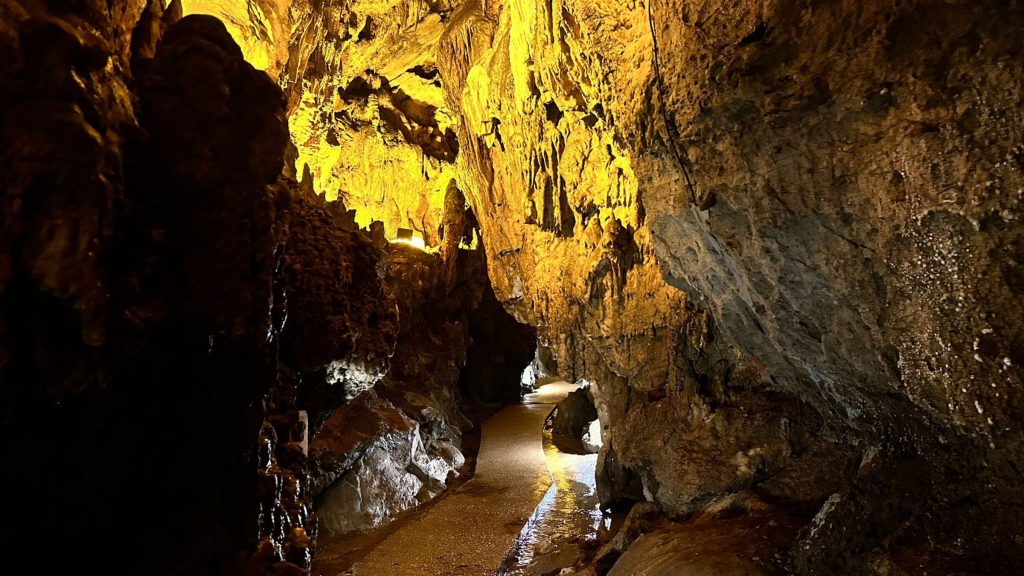
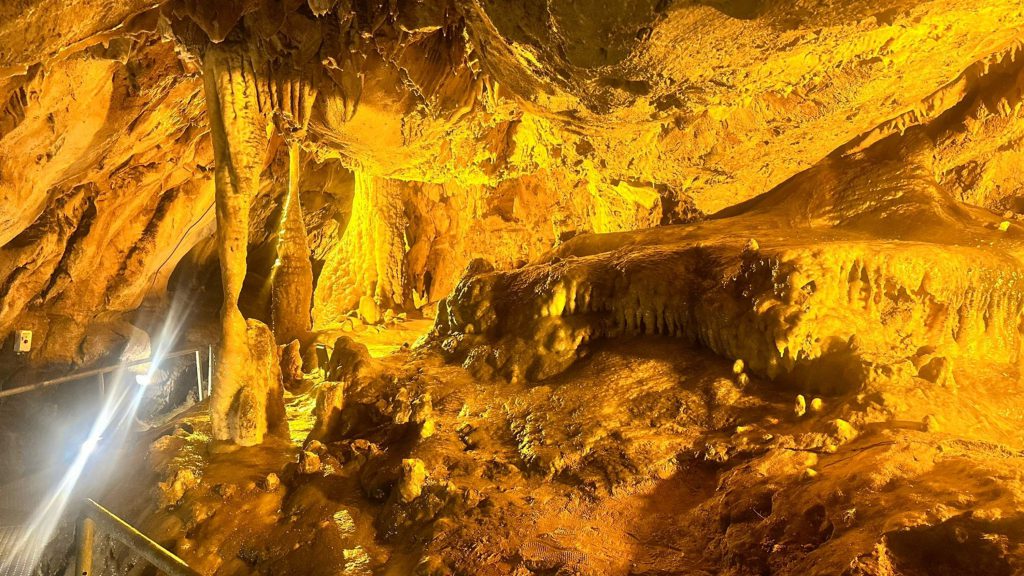
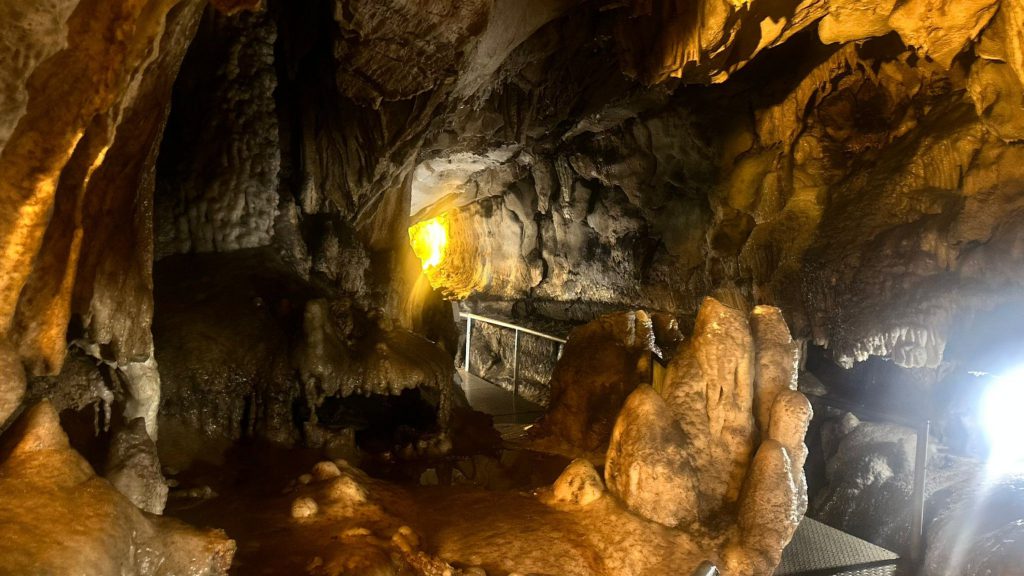
Nature and Myth Intertwined
Among the cave’s most iconic features is the Eurymedon mosaic, crafted from black, white and red stones and located near the entrance just beyond the Roman bridge. Believed to represent a river goddess, the mosaic suggests the area’s spiritual and cultural importance in antiquity. Engraved stones and scattered columns contribute to the feeling of an open-air museum embedded in the landscape.
Further inside, the cave reveals a space interpreted by archaeologists as a former ritual bath, located near the mosaic and directly linked to the ancient spring. The enduring belief in the therapeutic qualities of the water is partially supported by its composition, rich in beneficial minerals.
A Modern Attraction with Ancient Roots
Today, Zindan Cave attracts around 50,000 visitors annually. Enhancements made during its transformation into a tourist site—such as illuminated walkways and safety features—make it accessible while preserving its natural and historical character. With a consistent internal temperature of 5°C (41°F) year-round, it offers a cool, atmospheric escape from the Mediterranean summer heat.
Zindan Cave stands as a unique blend of natural beauty, archaeological heritage and ecological significance. Whether explored for its geology, its connection to ancient civilisations, or simply for a moment of peace beneath the surface, it remains one of Turkey’s most fascinating underground treasures.
Source: Daily Sabah with AA

